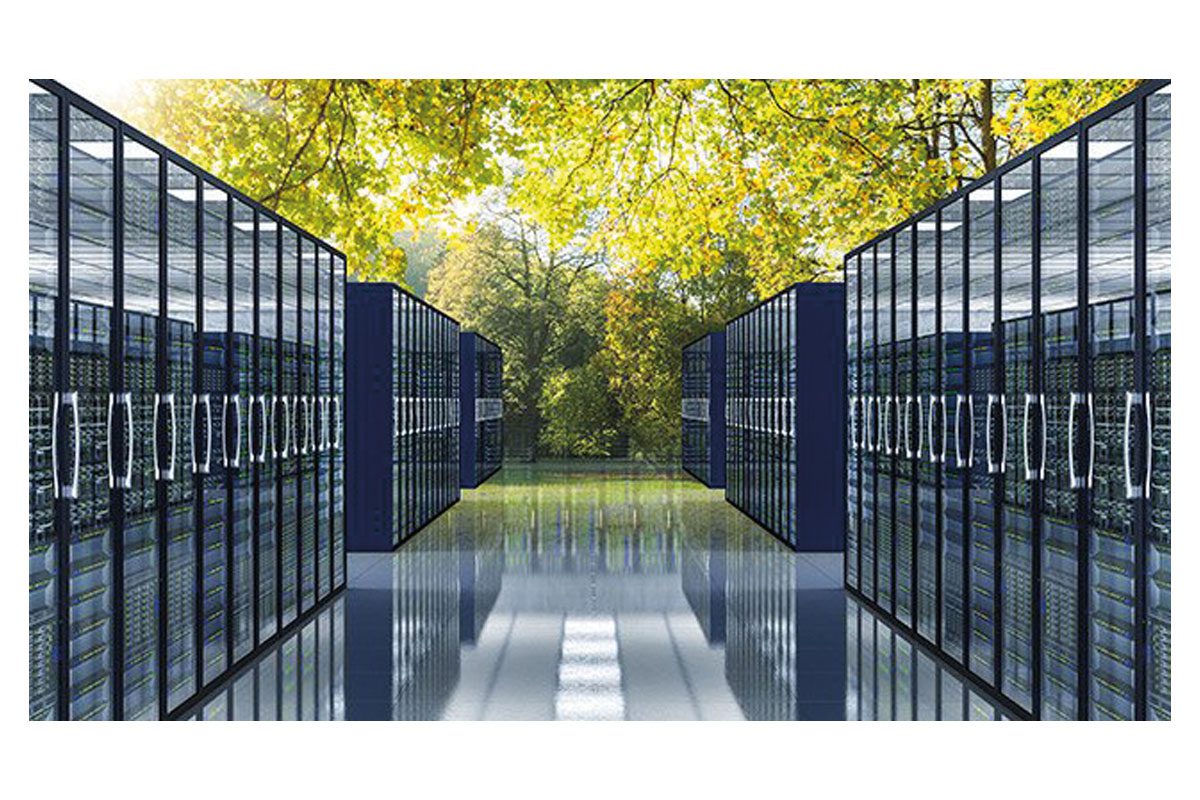
By Alastair Collier, Chief R&D Officer with climate technology firm A Healthier Earth
Surging greenhouse gas emissions caused by the artificial intelligence (AI) revolution could derail Europe’s climate ambitions, according to a new report. By 2030, the continent’s growing number of datacentres could strain its power supply and increase its greenhouse gas emissions eightfold.
This creates a real tension for hyperscalers, who are driving the digital and AI boom, to match their growth and innovation with climate ambitions. To keep decarbonisation on track, the industry must come together to take action on this shared and urgent challenge – decoupling AI growth from its emissions.
A holistic approach
To accelerate solutions at the speed and scale required, the industry needs to be working in partnership. This means hyperscalers collaborating both with their data centre providers, and each other.
To drive progress and make the biggest impact, such an approach should be holistic, considering three main priorities for mitigation and adaption: reducing emissions created by digital infrastructure, removing hard to abate emissions from the atmosphere, and adapting physical infrastructure to ensure it can withstand the impacts of climate change.
- Reduce
The tech industry, and humanity more broadly, must respond to rising emissions by drastically slashing the amount of carbon dioxide our activities release into the atmosphere.
Top priority for must therefore be to reduce the overall carbon emissions produced by data centres and digital infrastructure, for example by increasing data centre efficiency, and choosing and investing in cleaner, renewable energy sources. As hyperscalers embark on this journey, sharing learnings and innovations will help them not only address their own supply chains, but level up the wider industry, which often relies on shared infrastructure.
- Remove
Recent research from the University of Oxford found that around 7 to 9 billion tonnes of CO2 per year will need to be removed from the atmosphere by mid-century, if we’ve to have any chance of reaching our climate goals.
For emissions heavy industries like tech, this is particularly essential. Even with significant reductions in emissions, the only way to achieve net-zero is coupling reduction with the removal of carbon dioxide from the atmosphere. Hyperscalers are already recognising this need and are driving the carbon dioxide removal (CDR) market. In fact, Microsoft was responsible for a staggering 91% of CDR transactions in the second quarter of 2024.
The availability and implementation of largescale carbon removal strategies is consequently urgent, but historically the market has been underregulated and lacked credibility. In the face of growing AI emissions, hyperscalers must channel their CDR investment into high-integrity, proven solutions which are ready to scale now. Promisingly, in the face of this new challenge, Microsoft has already shifted focus to ensure it is investing in “long-term, higher-impact” carbon removal projects.
That is why at A Healthier Earth we are now building the UK’s largest biochar production facility, in Wiltshire, which will turn waste biomass into biochar – a charcoal like substance which captures and sequesters carbon. Crucially, it will create high-quality, carbon credits that relate to tangible, real-world carbon removal today.
- Adapt
Climate change is already here. With floods, extreme weather events and droughts increasing in frequency and intensity, we have no choice but to start adapting. Digital infrastructure faces a particular challenge, most frequently being built in urban environments, where there is less nature to act as natural defences to stave off the worst effects of climate change.
For example, we’re currently researching how biochar can be used in asphalt, for building new data centres. Early results suggest that not only can it reduce the overall carbon footprint of buildings, it can also support better water drainage. As a porous substance, biochar in asphalt has the potential to facilitate better water movement and reduce waterlogging, making buildings more resilient in the face of flooding.
The way forward
As AI becomes ubiquitous in all our lives, the growth in new data centres is driving up both energy requirements and greenhouse gas emissions. To ensure this doesn’t compromise crucial climate targets – like the European Union’s ambition to reduce emissions by 55% by 2030 compared with 1990 levels – tech companies must now work as a collective using this three-pronged approach. AI has enormous potential to improve our modern lives – but the industry must step up to the challenge and ensure its growth is responsible.

